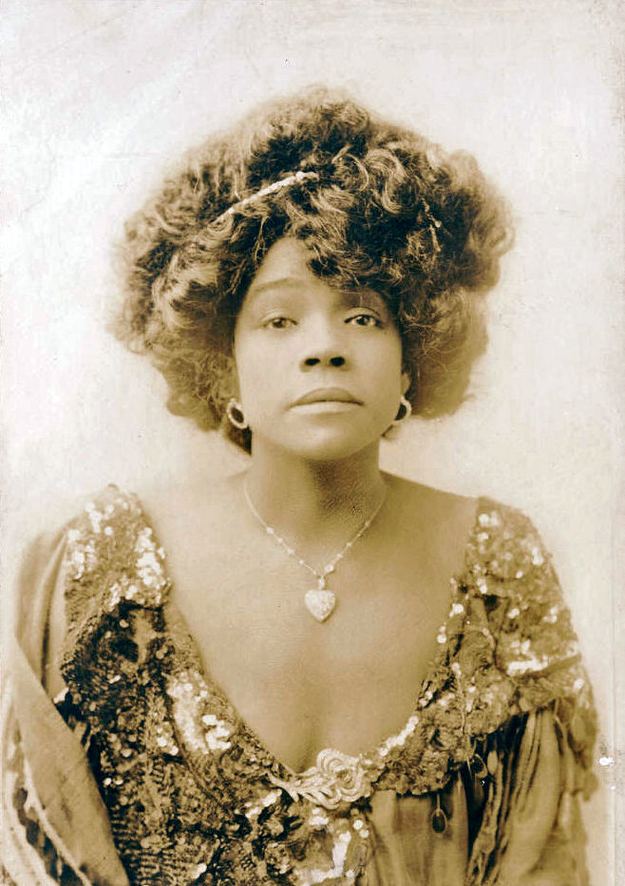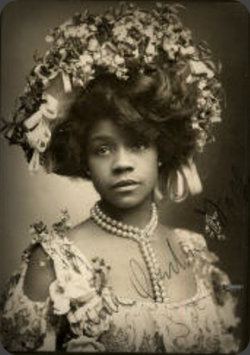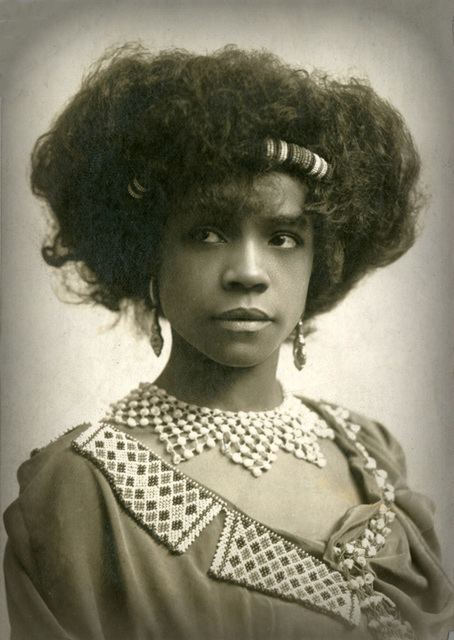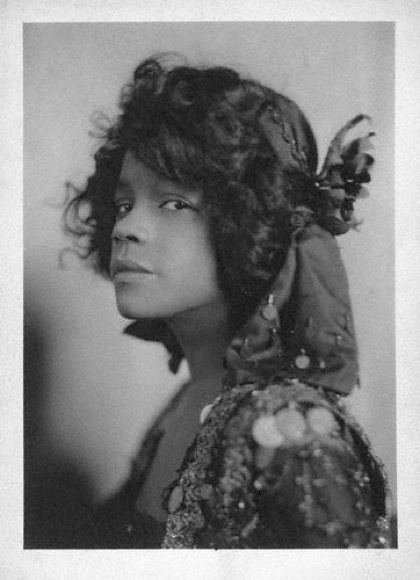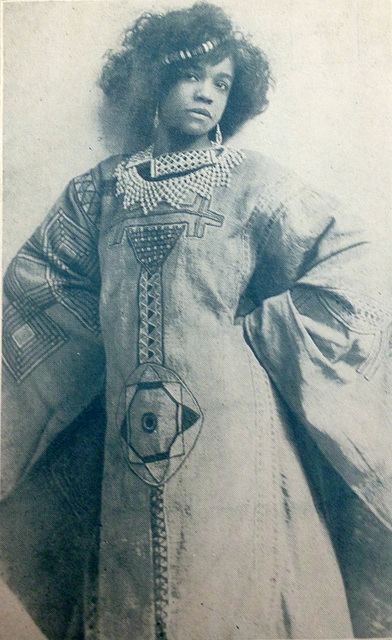Occupation Vaudeville | Name Aida Walker | |
 | ||
Born February 14, 1880 ( 1880-02-14 ) Richmond, Virginia Known for Dancing and Choreographing (Performing) Died October 11, 1914, New York City, New York, United States | ||
Queen of the Cake Walk
Aida Overton Walker (14 February 1880 – 11 October 1914), also billed as Ada Overton Walker and as "The Queen of the Cakewalk", was an African-American vaudeville performer and wife of vaudevillian George Walker. She appeared with her husband and his performing partner Bert Williams, and in groups such as Black Patti's Troubadours. She was also a solo dancer and choreographer for vaudeville shows such as Bob Cole, Joe Jordan, and J. Rosamond Johnson's The Red Moon (1908) and S. H. Dudley's His Honor the Barber (1911).
Contents
- Queen of the Cake Walk
- Khadi Don tells the story of Aida Overton Walker ATT 28 Days ATT
- Early career
- Fame and popularity
- References
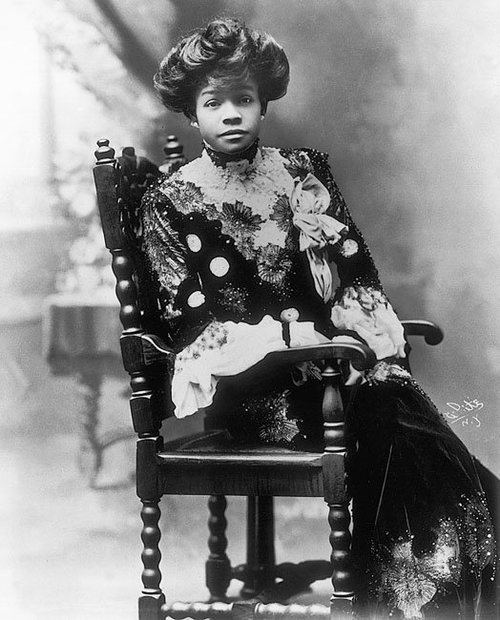
Khadi Don tells the story of Aida Overton Walker — AT&T 28 Days | AT&T
Early career

Overton grew up in New York City, where her family moved when she was young and where she gained an education and considerable musical training. She started her career in the late 1880s as a chorus member in “Black Patti’s Troubadours,” where she met her husband. Her early career was defined by her collaborations with Bert Williams and her husband George Walker, the major black vaudeville and musical comedy powerhouses of the era. She first gained national attention in 1900, with her performance of “Miss Hannah from Savannah” in the show Sons of Ham. For the next ten years, Aida would be known primarily for her work in musical theater. Her song and dance made her an instant hit with audiences at the time. She, George, and Bert continued to produce even more successful shows such as In Dahomey (1902), Abyssinia (1906), and Bandana Land (1908). Working alongside her husband, Walker’s career and performances were praised by critics and her successes well known. She was both financially successful and respected by the industry. Although Aida Walker originally became famous through her partnership with her husband and Bert Williams, her popularity only grew in the years following his death and the end of the Williams and Walker troupe. Shortly after she joined the Smart set company and became a leader of her own vaudeville company. Both were extremely well received.
Fame and popularity
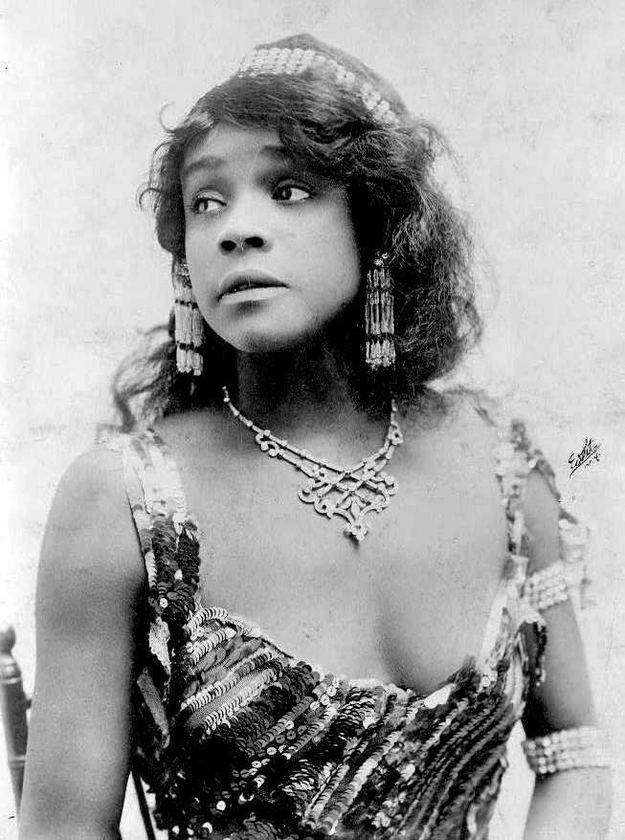
Aida Overton Walker is also well known for her 1912 performance of the “Salamone” dance at Hammerstein’s Victoria Theatre. This was Aida’s response to the national “Salamonia” craze of 1907 that spread through the white vaudeville circuit. Her portrayal of the Salamone character was very different from that of the white actresses of her time, and it had to be. Well aware of how the roles she played had an impact on race relations of the time, she worked hard to break the stereotypes of black women as immoral and oversexed. In particular, she coordinated her movements and facial expressions in order to express the internal emotions and thoughts of the characters she was portraying. Her success at Hamerstein’s theatre led to an invitation to return the following year in “Bon Bon Buddy,” which George Walker had popularized in Bandana Land years before. An ode to her late husband, Aida's performance was so successful she was asked to perform two extra weeks.
